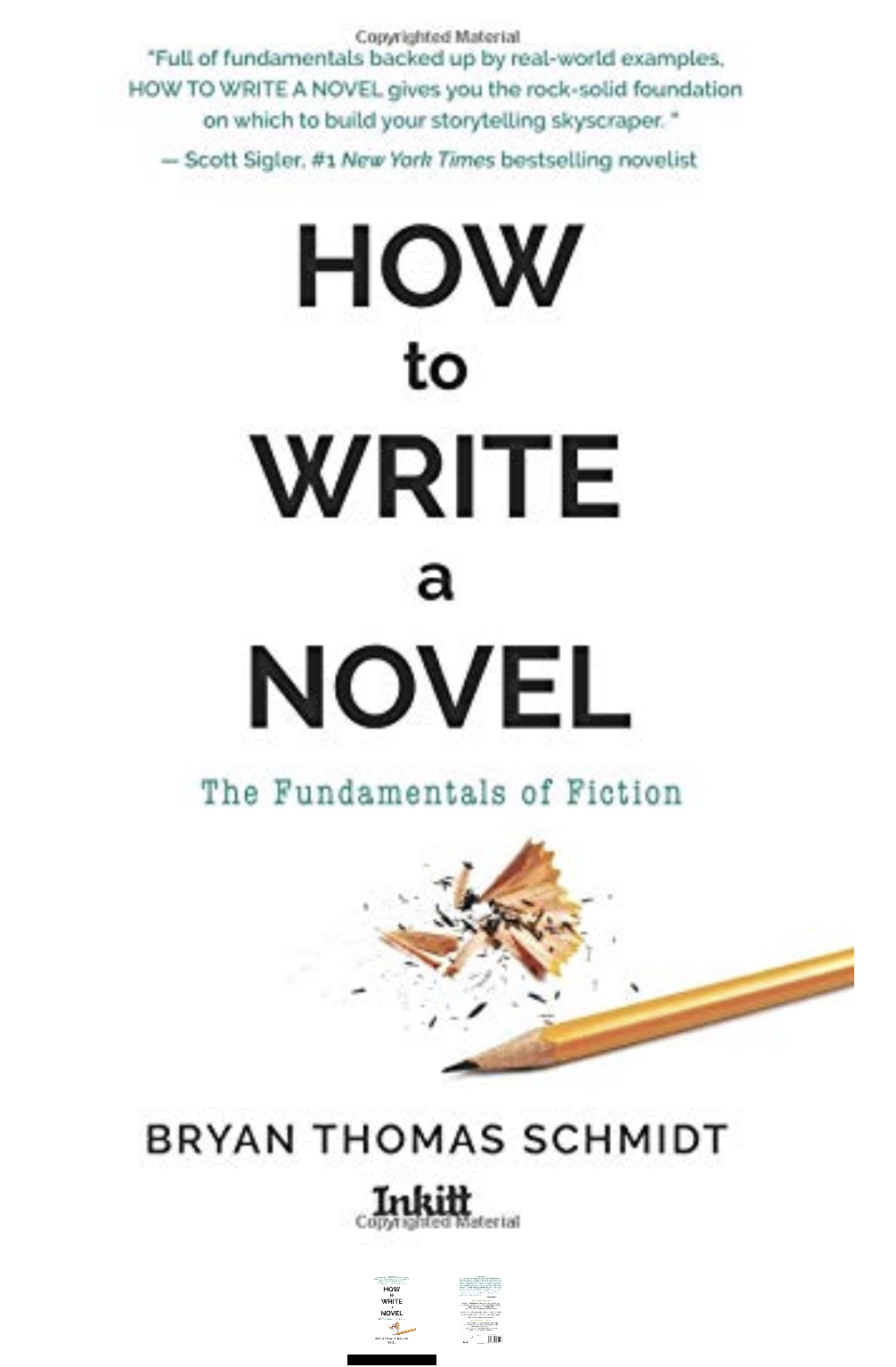The following is an excerpt from my book How To Write A Novel: The Fundamentals of Fiction, Chapter 5:
 We’ve all heard the saying “Show, don’t tell.” Description and settings are the most common area where this problem arises. Telling is just stating things in passive and direct ways. Showing involves describing key details so they unfold like a movie before our mind, and we get the message without it having to be just stated outright. These key details evoke empathy in us so that we experience what the character experiences in a way that just telling us doesn’t accomplish. Visceral descriptions evoke readers’ emotions and memories in a unique way. This is why “show, don’t tell” is so oft repeated that it almost sounds cliché. The key is to tell as little as possible and show as much as possible. Sometimes, you just need to tell readers a few bits of backstory or facts to get them out of the way quickly. In short bits, this is fine and very effective. But around that, we need you to show us the story so the prose unfolds almost like a movie in our minds as we read, drawing us into the book and connecting us with the world and characters in a way that makes us care and want to read on. That’s what showing versus telling is all about.
We’ve all heard the saying “Show, don’t tell.” Description and settings are the most common area where this problem arises. Telling is just stating things in passive and direct ways. Showing involves describing key details so they unfold like a movie before our mind, and we get the message without it having to be just stated outright. These key details evoke empathy in us so that we experience what the character experiences in a way that just telling us doesn’t accomplish. Visceral descriptions evoke readers’ emotions and memories in a unique way. This is why “show, don’t tell” is so oft repeated that it almost sounds cliché. The key is to tell as little as possible and show as much as possible. Sometimes, you just need to tell readers a few bits of backstory or facts to get them out of the way quickly. In short bits, this is fine and very effective. But around that, we need you to show us the story so the prose unfolds almost like a movie in our minds as we read, drawing us into the book and connecting us with the world and characters in a way that makes us care and want to read on. That’s what showing versus telling is all about.



In her book Description, Monica Wood offers two great examples demonstrating the difference:
Telling/Narrative: Alice was a timid young woman who looked like a mouse. She was short and skinny, with brown hair, small eyes, and a pointed face. She always peeked inside a doorway before entering a party, thus giving herself a chance to flee in case she saw no one she knows.
Showing/Scene: Alice hovered at the door of Everett’s apartment, chin lifted, tiny feet balanced on their toes. She peered inside, shrinking at the loudness of Everett’s new stereo. She breathed quickly, her black eyes darting back and forth, as if keeping her face in motion might prevent her from toppling over. When she finally spotted the wide-grinning Everett approaching, she scurried to the punch bowl, her flat shoes making a scratching sound on the polished wood.
Did you notice how much more information is imparted in the second example and how it interacts with your imagination differently, stimulating your emotions, raising questions that draw you in, and hinting at aspects missing from the flatter narrative approach? Instead of just stating that she looked inside a party to see if she knew anyone, we experience what that is like for her as she does it, sharing her emotions and thoughts, experiencing her approach. The key is to let the characters reveal themselves through their words and deeds as much as possible. Showing too much can overwhelm readers’ senses, but telling too much fails to engage them, so the richest prose combines the two seamlessly by choosing carefully what to dramatically play out and what to provide quickly in exposition. In either case, writers should avoid using great gobs of text and instead spread them out a few lines or words at a time. Every time you stop to describe or exposit something, the pace slows or stops, and the dramatic tension drops. Using a combination of internal monologue and external dialogue and action with exposition, the story unfolds naturally and effectively while holding readers’ interest, each scene leading to the next, and each page demanding that they keep turning to find out where it goes from here.
How do you know when to use scene and when to use narrative? When action is required, scene is the best approach. You want to evoke empathy by revealing telling (significant and insightful) details about the characters and world as the plot unfolds dramatically. Every story will require a different combination. When you need to quickly impart key information that characters know and readers need to understand the story going forward, then telling comes into play. This can be done in expository description either as direct narrative or internal monologue. Either way, as you will learn in the the next chapter, the goal of viewpoint is to let readers experience the story through the eyes of the characters rather than the eyes of the author. Essential to this are descriptions that regularly employ the impressions of the character’s five senses.
